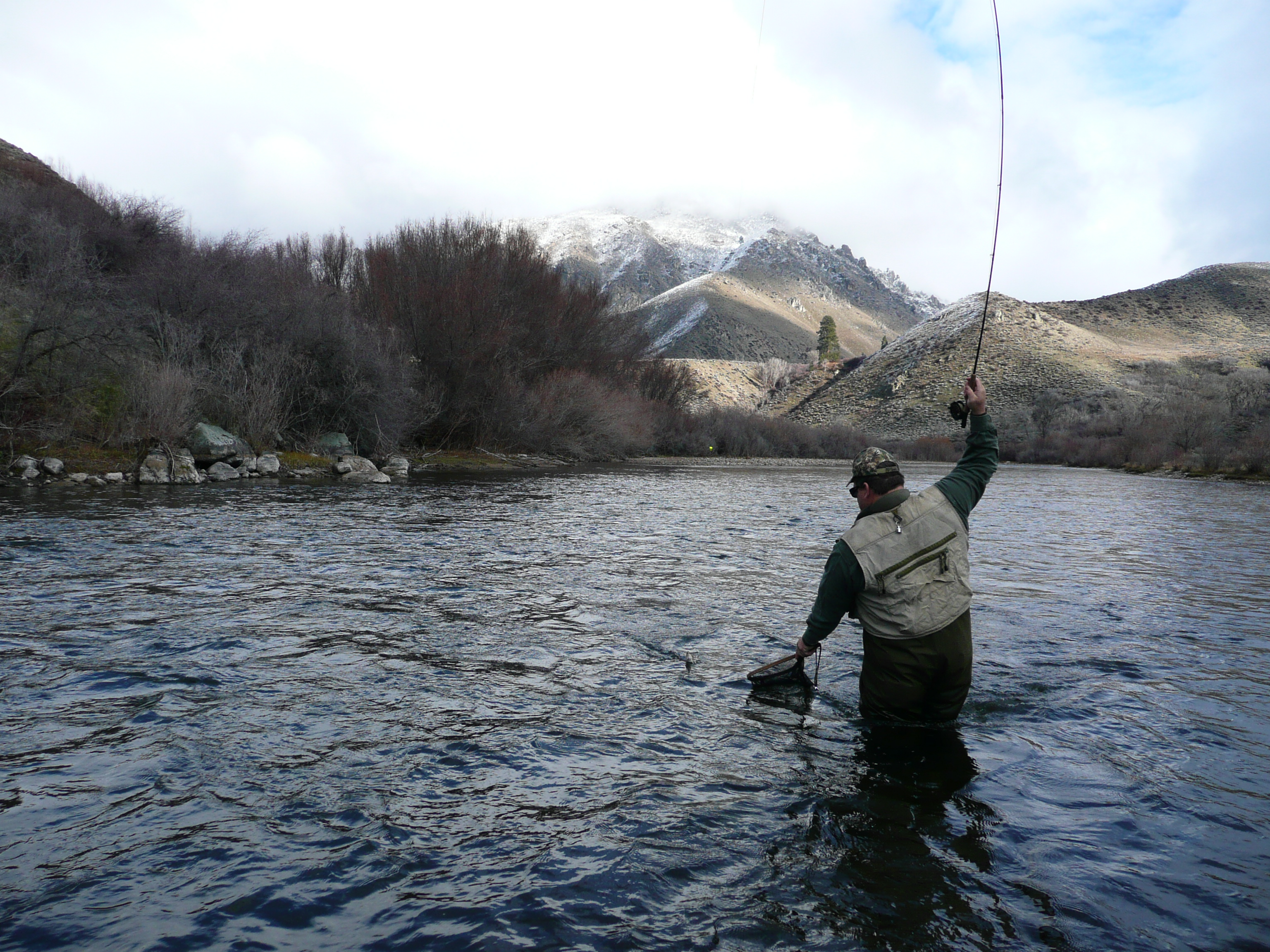People may see anglers wading streams during frigid weather and wonder "what are they doing?" The short answer is probably catching fish.
Late-fall and winter fishing are often overlooked on Idaho's rivers and streams because many people don't want to deal with the cold, but trout and whitefish remain fairly active. In fact, late-season fishing has some advantages because many streams are at their lowest levels and fish are concentrated. Many rivers are also nearly empty of anglers, so you get your pick of prime fishing spots.
Find the right river or stream
Spring-fed rivers and streams, and those fed by dam releases often fish well during winter months because temperatures tend to be slightly warmer and more stable.



